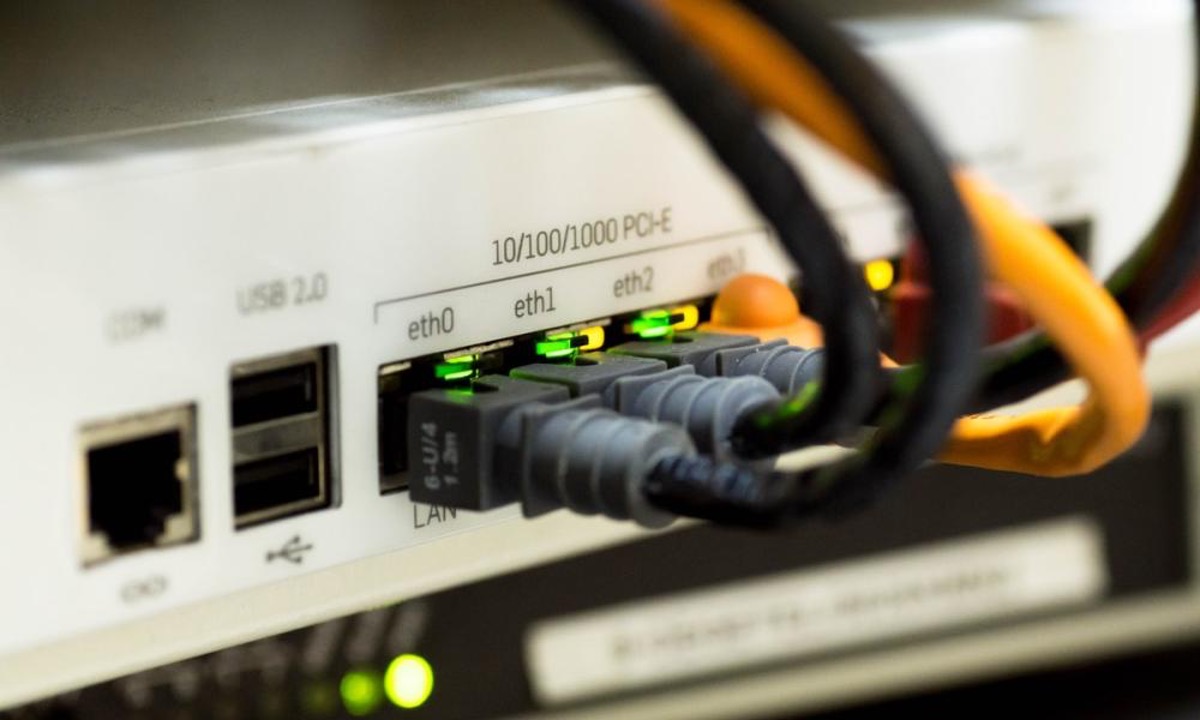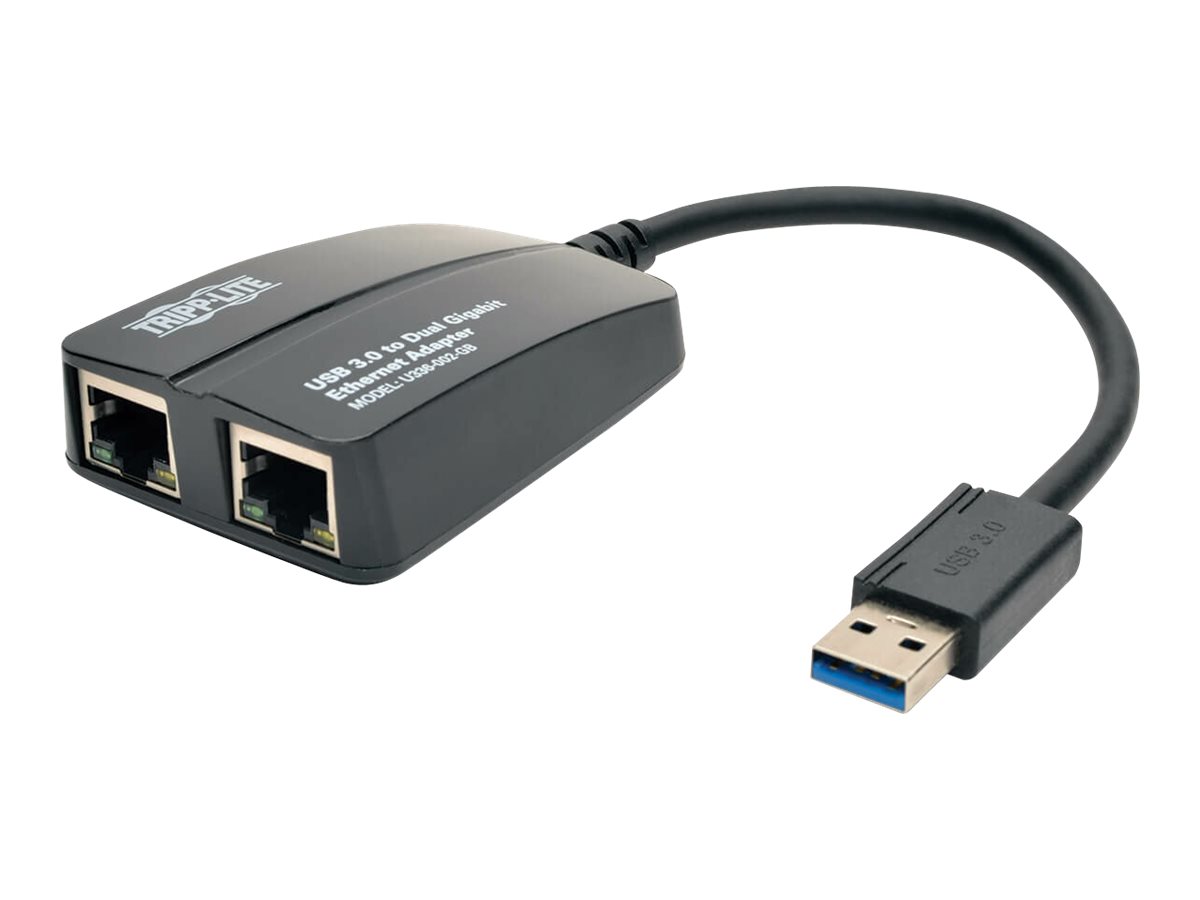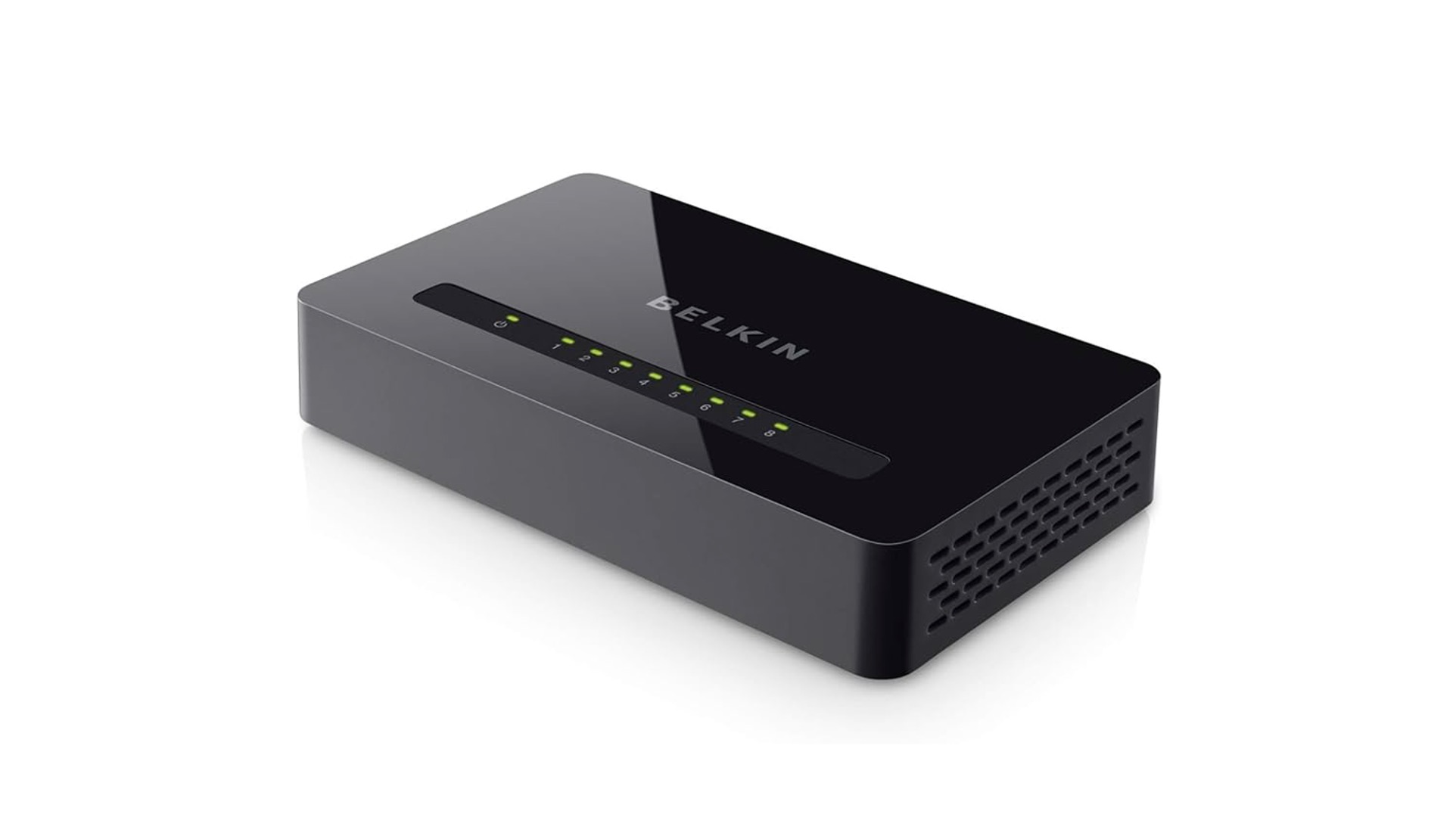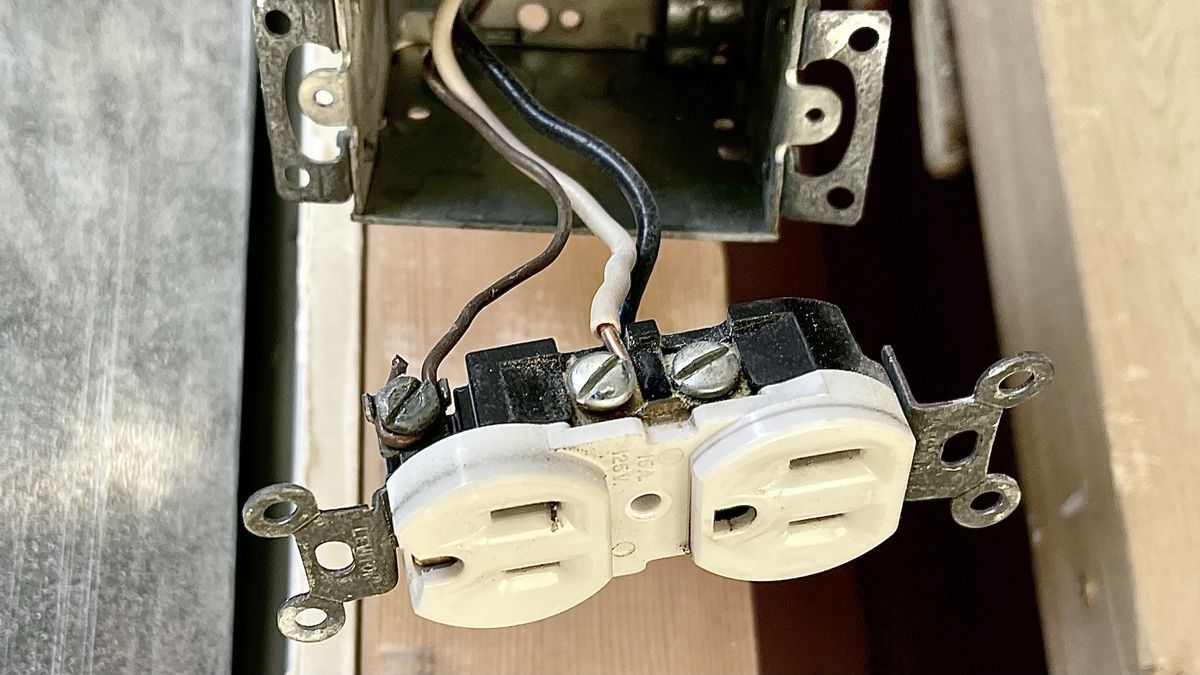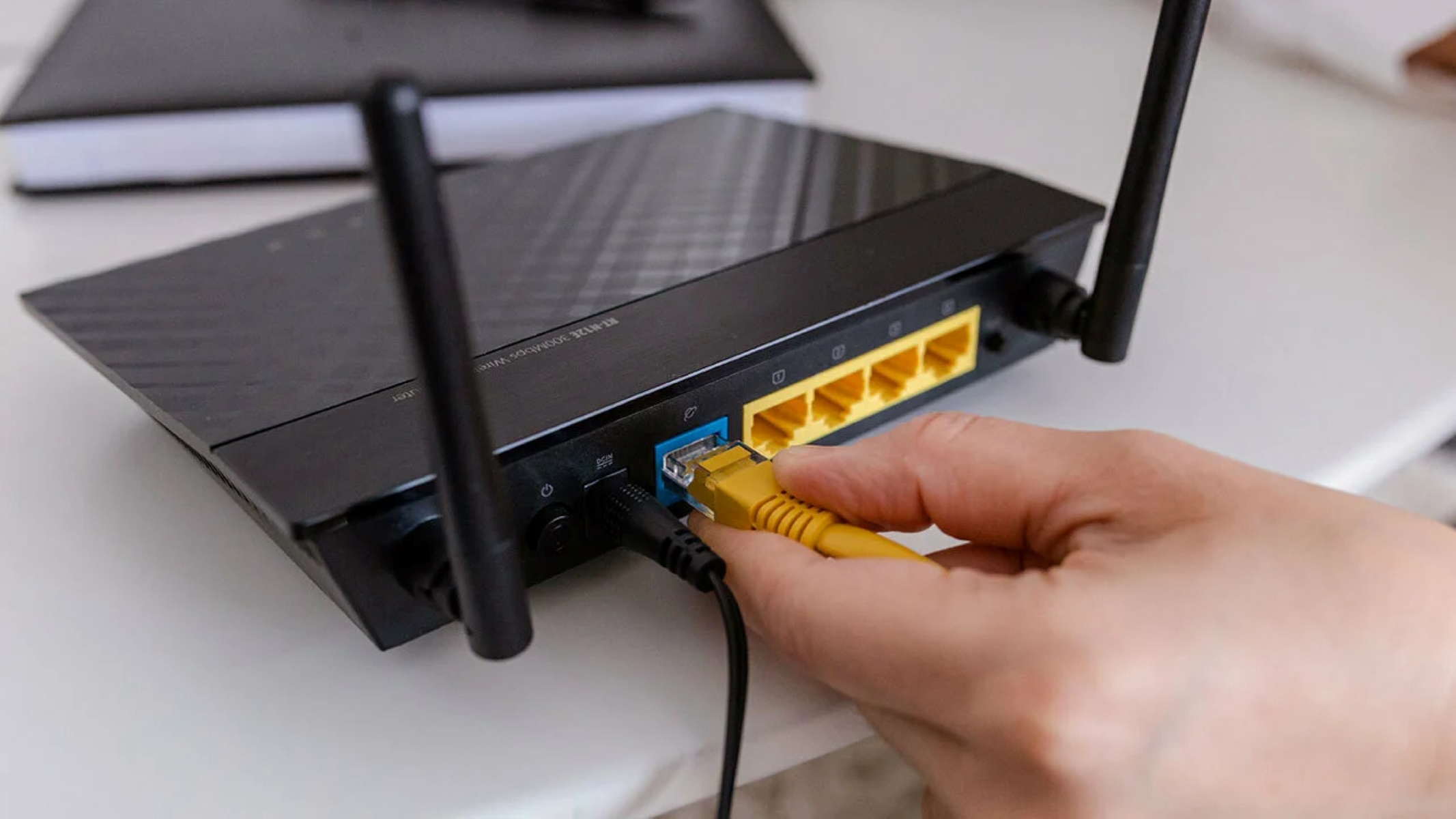Introduction
Welcome to the world of networking! Whether you're an IT professional or an enthusiastic tech hobbyist, understanding how to wire up a network switch is a fundamental skill. A network switch is a crucial component in any modern network, enabling seamless communication between devices. In this guide, we will walk you through the process of setting up a network switch, from selecting the right equipment to connecting and testing the network. By the end of this tutorial, you will have the knowledge and confidence to wire up a network switch like a pro.
Network switches play a pivotal role in directing network traffic efficiently, allowing multiple devices to connect and communicate within a local area network (LAN). With the increasing demand for high-speed and reliable network connections, the importance of a well-configured network switch cannot be overstated. Whether you're establishing a home network for personal use, setting up a small business network, or expanding an existing infrastructure, knowing how to wire up a network switch is an essential skill in today's interconnected world.
This guide is designed to provide a comprehensive overview of the process, covering everything from the basics of network switches to the practical steps involved in setting up and testing a network switch. Whether you're a beginner looking to expand your networking knowledge or a seasoned professional seeking a refresher, this guide is tailored to meet your needs. So, let's dive in and unravel the world of network switches, empowering you to build and manage robust, efficient networks.
Understanding Network Switches
Before delving into the technical aspects of setting up a network switch, it’s crucial to grasp the fundamental role that network switches play in the realm of networking. Essentially, a network switch serves as a central hub for connecting devices within a local area network (LAN). Unlike hubs or repeaters, which simply broadcast data to all connected devices, a network switch intelligently forwards data only to the specific device intended to receive it. This process, known as packet switching, enhances network efficiency and minimizes data collisions, thereby optimizing network performance.
Network switches operate at the data link layer (Layer 2) of the OSI model, facilitating the seamless transfer of data packets between devices. They are equipped with multiple ports, allowing devices such as computers, printers, servers, and other network-enabled peripherals to establish connections and communicate with one another. Each port on a network switch functions as an independent communication channel, enabling simultaneous data transmission across the network without causing congestion or latency.
Moreover, modern network switches often incorporate advanced features such as VLAN (Virtual Local Area Network) support, Quality of Service (QoS) capabilities, and Power over Ethernet (PoE) functionality. These features enable network administrators to segment network traffic, prioritize critical data streams, and power network-connected devices such as IP cameras, VoIP phones, and wireless access points directly from the switch, eliminating the need for separate power sources.
Understanding the anatomy and functionality of network switches is essential for making informed decisions when selecting the right switch for a specific networking environment. Whether it’s an unmanaged, managed, or fully managed switch, each type offers distinct advantages and capabilities, catering to diverse networking requirements. By comprehending the underlying principles of network switches, you’ll be better equipped to navigate the intricacies of setting up and optimizing these critical networking components.
Choosing the Right Network Switch
When it comes to selecting a network switch, several factors must be considered to ensure that the chosen switch aligns with the specific networking needs and infrastructure. The first consideration is the size and scale of the network. For small to medium-sized networks, unmanaged switches may suffice, offering plug-and-play functionality without the need for extensive configuration. On the other hand, larger networks with complex requirements may benefit from managed switches, which provide granular control over network settings and performance.
Another crucial aspect to evaluate is the speed and capacity of the network switch. Gigabit Ethernet has become the standard for modern networks, delivering high-speed data transfer rates essential for handling bandwidth-intensive applications and large file transfers. For environments demanding even greater throughput, 10-gigabit switches offer unparalleled performance, catering to the escalating demands of data-intensive tasks and multimedia streaming.
Furthermore, the intended use case of the network switch influences the selection process. For instance, in environments where power redundancy and device uptime are critical, switches with redundant power supply (RPS) support or Power over Ethernet (PoE) capabilities may be indispensable. Similarly, the inclusion of advanced features such as VLAN support, link aggregation, and multicast support should be evaluated based on the specific networking requirements and future scalability.
Considering the physical layout and environmental factors is equally vital. For deployments in harsh industrial environments or outdoor settings, ruggedized and weatherproof switches are essential to withstand extreme temperatures, moisture, and dust. Conversely, office or data center deployments may prioritize compact, rack-mountable switches to optimize space utilization and facilitate efficient cable management.
Ultimately, the choice of a network switch should align with the overarching network architecture, performance expectations, scalability requirements, and budget constraints. By carefully evaluating these factors and understanding the diverse range of network switch options available, you can make an informed decision that lays the foundation for a robust and resilient network infrastructure.
Gathering Necessary Tools and Materials
Before embarking on the process of wiring up a network switch, it’s essential to assemble the requisite tools and materials to ensure a smooth and efficient installation. Here’s a comprehensive list of the essential items you’ll need:
- Network Switch: The cornerstone of the installation, the network switch serves as the central hub for connecting devices within the network. Select a switch that aligns with the specific networking requirements, considering factors such as port count, speed, and management capabilities.
- Ethernet Cables: High-quality, twisted-pair Ethernet cables are indispensable for establishing connections between the network switch and individual devices. Opt for Cat-5e, Cat-6, or Cat-6a cables to ensure optimal data transmission speeds and reliability.
- Power Cable: Ensure that the network switch is accompanied by a compatible power cable to provide the necessary electrical supply. In the case of PoE switches, the power cable facilitates the delivery of power to supported devices over the Ethernet infrastructure.
- Rack Mounting Hardware (if applicable): If the network switch is designed for rack-mounting, gather the requisite mounting brackets, screws, and cage nuts to securely install the switch within a network rack or cabinet.
- Labeling and Documentation: Prepare labels and documentation to clearly identify and document the connections, ports, and devices within the network. This aids in troubleshooting, maintenance, and future expansion efforts.
- Basic Hand Tools: Common hand tools such as screwdrivers, cable cutters, and cable strippers are essential for preparing and terminating Ethernet cables, ensuring precise and secure connections.
- Cable Tester: A cable tester enables you to verify the integrity and correctness of Ethernet cable connections, ensuring that each cable is properly terminated and capable of transmitting data without errors.
- Grounding Equipment (if applicable): In environments requiring grounding for electrical safety and signal integrity, gather the necessary grounding equipment and follow best practices for grounding the network switch and associated infrastructure.
By diligently gathering these tools and materials, you’ll be well-equipped to proceed with the installation of the network switch, ensuring that the process is streamlined and conducted with precision. Additionally, maintaining a clean and organized workspace contributes to an efficient and professional installation, setting the stage for a reliable and resilient network infrastructure.
Connecting the Network Switch
With the necessary tools and materials assembled, it’s time to proceed with the physical installation and connection of the network switch. Follow these step-by-step guidelines to ensure a seamless and effective setup:
- Choose an Optimal Location: Select a suitable location for the network switch, considering factors such as adequate ventilation, accessibility for cable management, and proximity to connected devices and power sources. If rack-mounting the switch, ensure that it is securely installed within the network rack or cabinet.
- Power Connection: Connect the provided power cable to the network switch and plug it into a reliable power source. If the switch features redundant power supply (RPS) support, ensure that both power supplies are connected to independent power circuits for enhanced reliability.
- Ethernet Cable Connections: Using high-quality Ethernet cables, establish connections between the network switch and the devices within the network. Ensure that each cable is securely inserted into the appropriate port on the switch, maintaining proper cable management to minimize clutter and facilitate future maintenance.
- Verify Link Status: Once the connections are established, verify the link status and activity indicators on the network switch. The link status LEDs provide visual feedback on the connectivity and data transmission status of each port, aiding in the identification of any connectivity issues or cable faults.
- Configure Switch Settings (if applicable): If the network switch is a managed or fully managed model, access the switch’s configuration interface to set up essential parameters such as VLANs, port mirroring, Quality of Service (QoS) policies, and security settings. Follow best practices and industry standards to optimize the switch’s performance and security posture.
- Document the Connections: As the connections are established, document the port assignments, device connections, and any specific configurations applied to the network switch. This documentation serves as a valuable reference for troubleshooting, future expansions, and network audits.
By meticulously following these steps, you can ensure that the network switch is effectively connected and configured, laying the groundwork for a robust and efficient network infrastructure. Additionally, adhering to industry best practices and standards during the installation process contributes to the reliability, performance, and security of the network switch and the interconnected devices.
Testing and Troubleshooting
After the network switch is connected and configured, thorough testing is essential to validate the integrity and functionality of the network connections. Additionally, having a structured approach to troubleshooting potential issues ensures that any connectivity or performance concerns are promptly addressed. Here’s a systematic guide to testing and troubleshooting a newly installed network switch:
- Connectivity Testing: Utilize a cable tester or network testing tool to verify the connectivity and integrity of each Ethernet cable connection. Check for proper termination, cable continuity, and absence of wiring faults, ensuring that all connected devices are successfully communicating through the network switch.
- Throughput and Performance Testing: Conduct throughput and performance tests using network diagnostic tools to assess the data transfer rates, latency, and overall network performance. This step helps identify any bottlenecks, network congestion, or performance limitations that may require optimization.
- Device Recognition and Communication: Verify that all connected devices are properly recognized and communicating within the network. Test the accessibility of network resources, file sharing, and inter-device communication to ensure seamless connectivity and data exchange.
- Security and Access Control Testing: If the network switch incorporates security features such as access control lists (ACLs) or port security settings, validate that the configured security measures are effectively controlling access and preventing unauthorized network activity.
- Troubleshooting Connectivity Issues: In the event of connectivity issues or network anomalies, employ systematic troubleshooting techniques to isolate and resolve the root causes. This may involve inspecting cable connections, reviewing switch configurations, and utilizing network monitoring tools to identify and address potential issues.
- Documentation and Reporting: Document the testing procedures, results, and any troubleshooting actions taken to address identified issues. This documentation serves as a valuable reference for future maintenance, network audits, and the resolution of recurring issues.
By rigorously testing the network switch and its associated connections, you can validate the operational status of the network, identify any potential issues, and proactively address them to ensure a reliable and high-performing network infrastructure. Moreover, maintaining comprehensive documentation of the testing and troubleshooting process facilitates efficient maintenance and continuous improvement of the network environment.
Conclusion
Mastering the process of wiring up a network switch is a valuable skill that empowers individuals and organizations to establish efficient and resilient network infrastructures. By understanding the role of network switches, selecting the appropriate switch for specific requirements, gathering the necessary tools and materials, and executing the installation and testing processes meticulously, you can ensure the seamless integration of a network switch into your network environment.
Throughout this guide, we’ve explored the fundamental principles of network switches, emphasizing their pivotal role in facilitating seamless communication within local area networks. From the selection of the right network switch based on scalability, speed, and feature requirements to the meticulous gathering of tools and materials, each step contributes to the successful implementation of a network switch.
Furthermore, the meticulous process of connecting the network switch and conducting comprehensive testing and troubleshooting procedures ensures that the network operates optimally, delivering high performance, reliability, and security. By adhering to best practices and industry standards, you can navigate the complexities of network switch installation with confidence and expertise.
As you embark on your journey to wire up a network switch, remember that attention to detail, thorough testing, and proactive troubleshooting are essential components of a successful installation. By documenting the installation process and maintaining comprehensive records, you establish a solid foundation for ongoing network maintenance, expansion, and optimization.
Armed with the knowledge and insights gained from this guide, you are well-equipped to tackle the intricacies of setting up a network switch, contributing to the creation of robust and efficient network infrastructures that meet the demands of modern connectivity.
Embrace the opportunity to enhance your networking skills and embark on the rewarding journey of building and managing resilient networks with confidence and proficiency.







